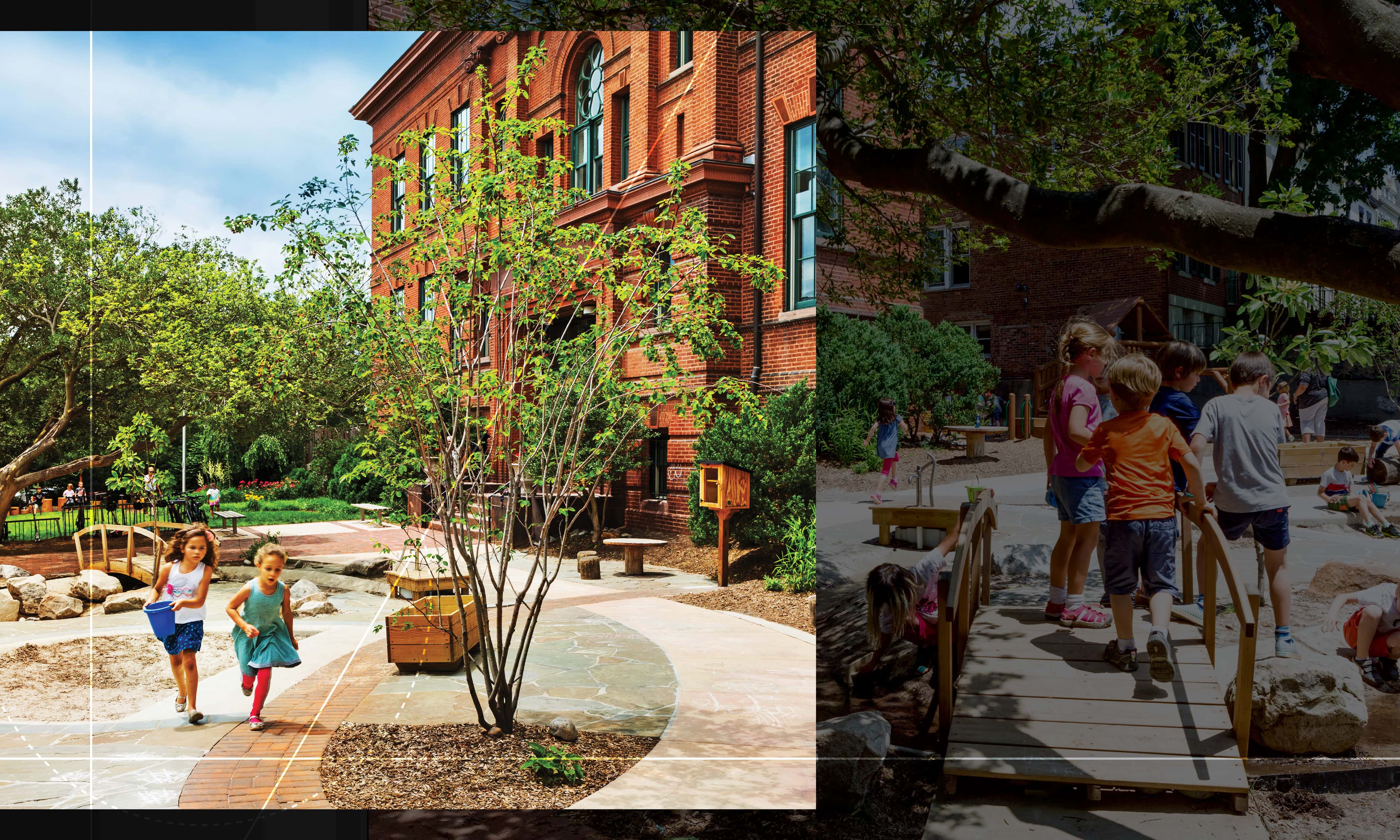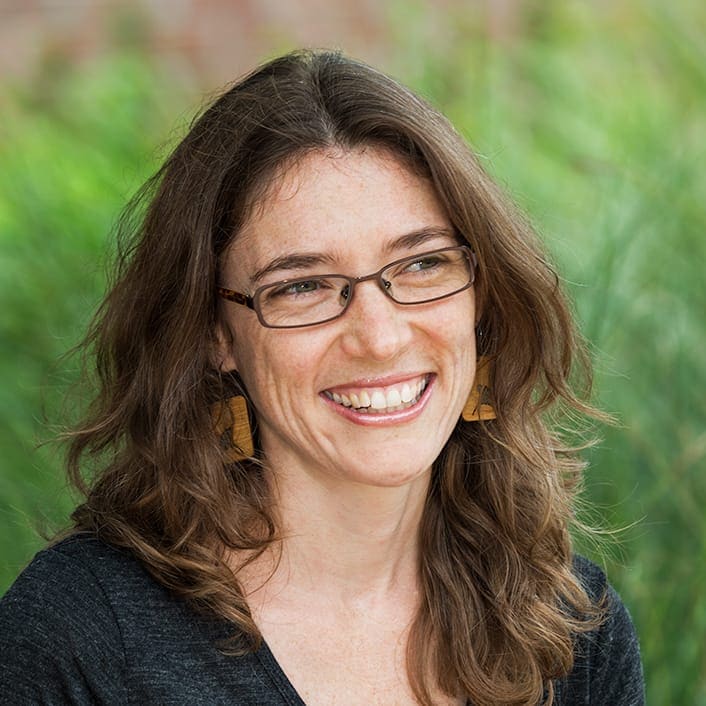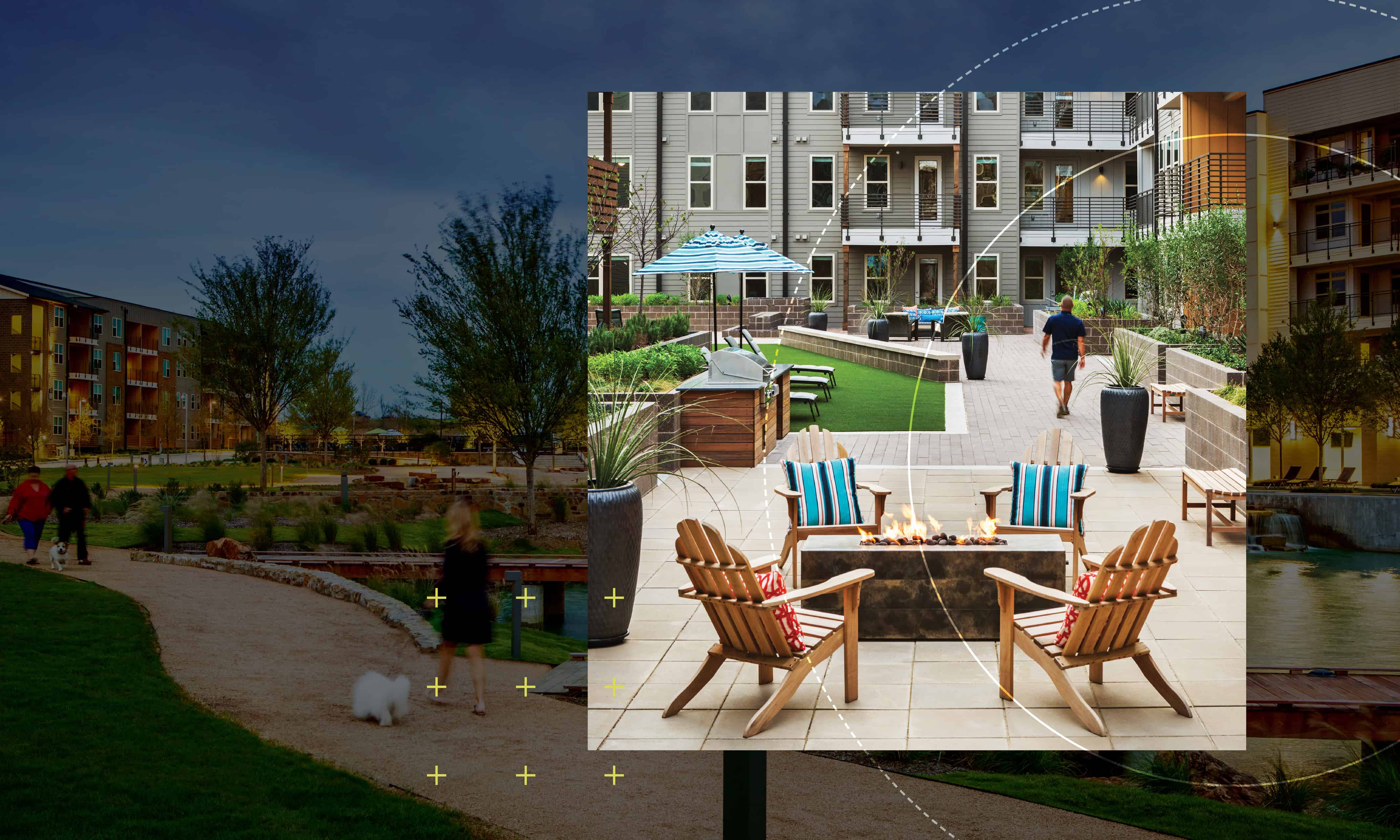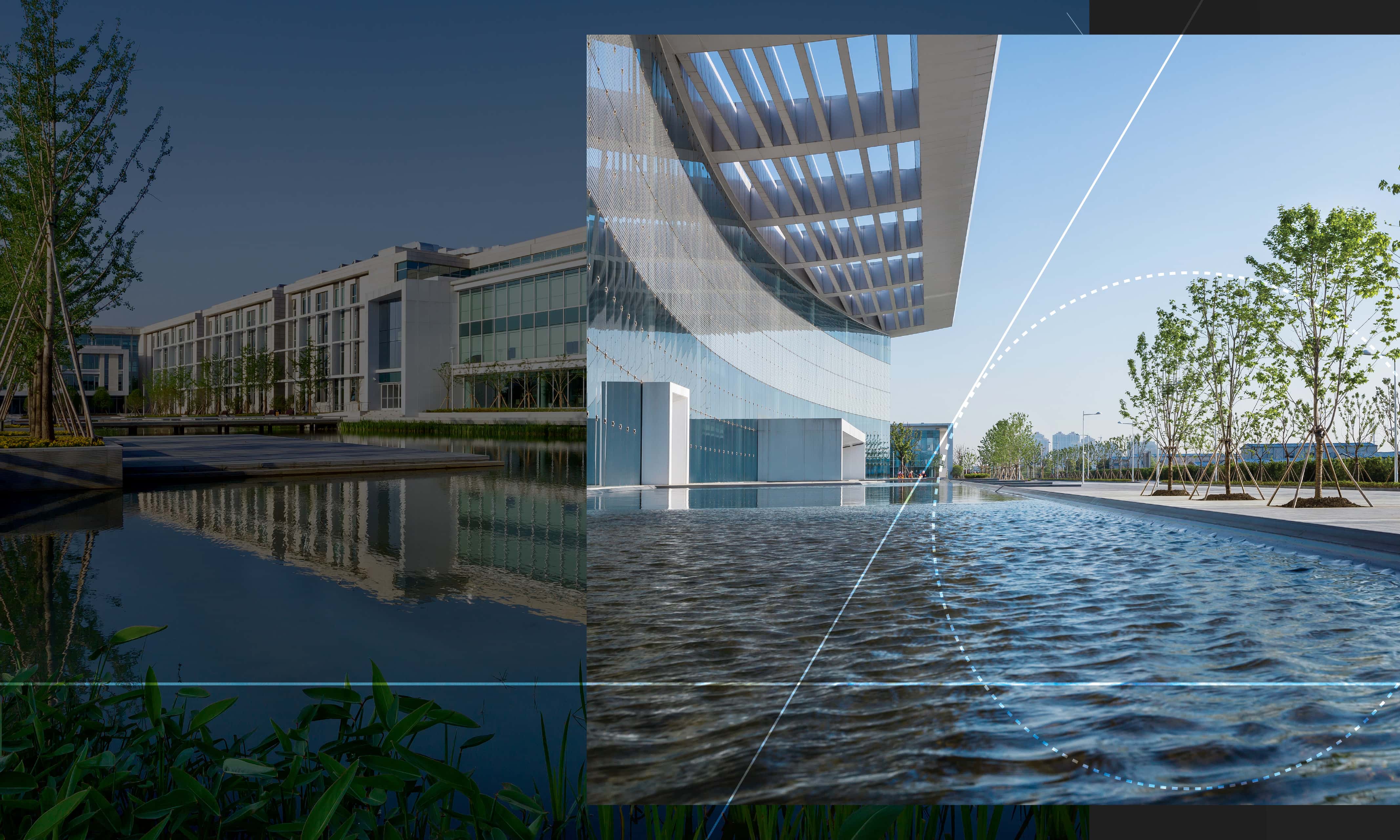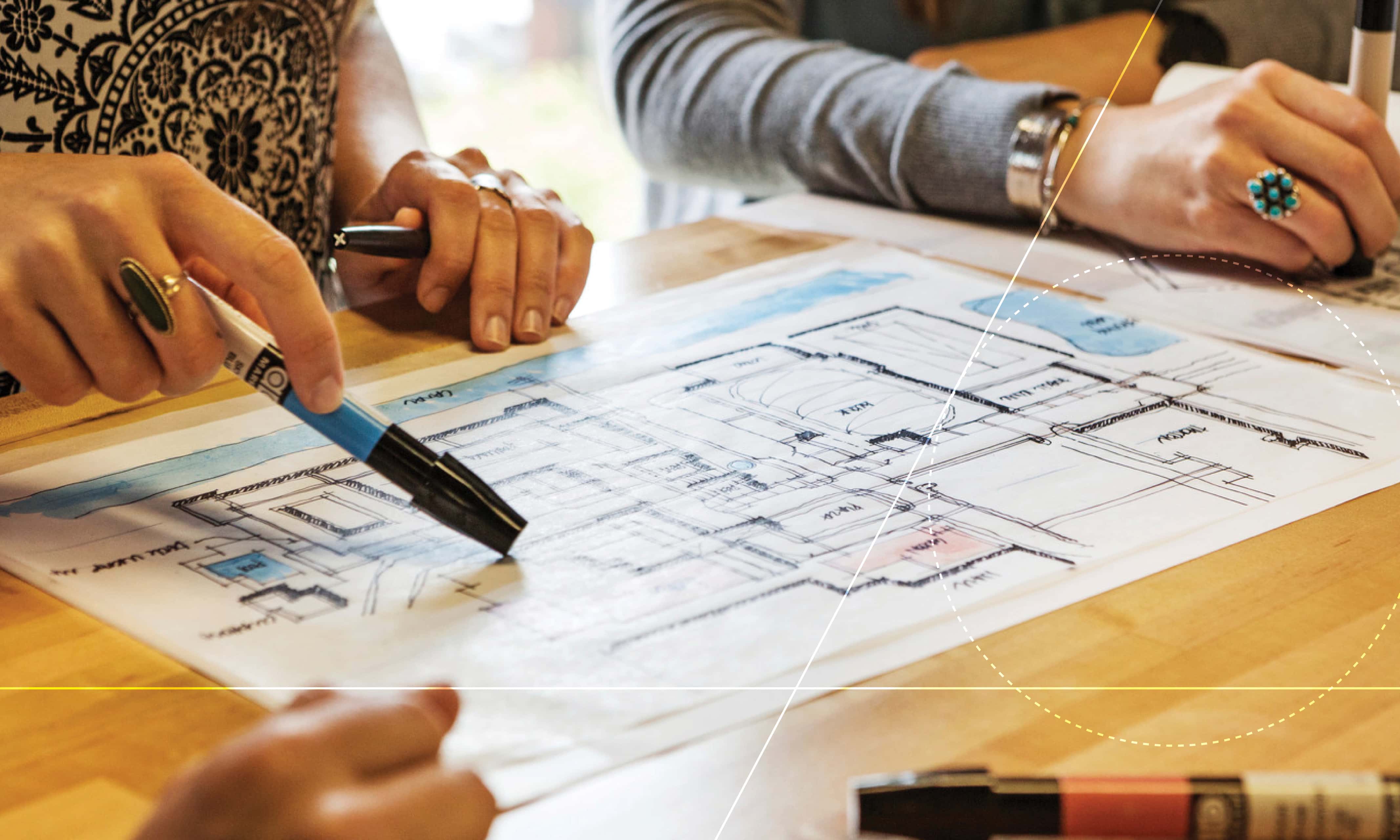LandDesign’s Susan England found her passion in an unlikely place. Growing up, Susan always had a deep respect for nature, spending her childhood playing in the woods, camping and hiking. This love for her natural environment pushed her to pursue a career in landscape architecture, and in 2010 she joined LandDesign’s team in Washington, DC. Combining her love of nature and unique eye for design, Susan found her niche—transforming playgrounds into engaging play spaces that connect children with their landscape.
Susan seeks to create landscape design that will benefit children emotionally, physically and socially. Knowing that education is more than what happens inside the classroom, her design for play spaces incorporates the use of native materials that encourage students to engage with and respect their environment. In a 2012 study by the University of Tennessee, Dawn Coe, assistant professor in the Department of Kinesiology, Recreation and Sport Studies, analyzed the behavior of children after their traditional playground was replaced with a natural landscape. She found that children were more active and imaginative, and more than doubled their play time in a natural playscape versus a traditional metal playground. Susan uses these types of studies to lead designers in the transformation of playgrounds, including the recent play space at Capitol Hill Day School in Washington, DC.
Community Inspired Design
Capitol Hill Day Schools (CHDS) mission is to deeply engage a diverse community of students in connecting the classroom to the larger world, supporting each child in developing the confidence, compassion and intellectual capacity to live a life of purpose and value. With this mission in mind, CHDS saw the opportunity to upgrade their existing playground, and partnered with LandDesign to transform their playground into an active learning and play space that supports their mission and values.
Susan led a team of landscape architects in designing a playground at CHDS that emphasizes nature play, respect for the environment and fosters curiosity about the natural world. With the goal to create a play space where students of all ages can enjoy, each design element incorporates the use of both traditional play equipment and natural materials. Natural elements, such as sand, water and native and edible plants promote hands-on learning, imagination and interactive play. A dry creek bed with a hand pump for water play sits adjacent to a sand pit, allowing the children to play with each feature individually or use buckets to bring water to the sand for expanded creative play options.
Where Education and Nature Collide
After the completion of the playground, 6th grade teachers at CHDS decided to incorporate a project-based learning unit on community values into their lesson plan and use physical spaces as a framework for the study. Choosing to utilize the newly renovated playground as a case study for the lesson, the teachers invited Susan to speak to the class about how the school’s mission and values inspired the landscape design.
To give the class a glimpse into the design process, Susan worked with the students to brainstorm what values were important to their class and school community. Susan took the discussion to the playground where the students could explore the playscape and discover design elements that reflected the values they identified.
The children were able to make connections between the value of hands-on learning and collaboration through play elements such as sand, water and mulch; emotional and social well-being through open play nooks; respect for the environment and the use natural materials; and imaginative play and the inclusion of interactive elements such as chalkboards, a stage platform and moveable logs. Throughout this exercise, the students were able to gain a deeper understanding of how a community’s values can inspire design and in turn positively impact the community.
At LandDesign, we understand that design is more than creating a place. It’s creating a place that brings value to the community it belongs to. For the students of CHDS, their playground is now part of the fabric that makes up their community, and is a place for learning, growing and innovating. For Susan, design is not just creating a place, it’s creating an extension of the classroom, where education and nature collide.
